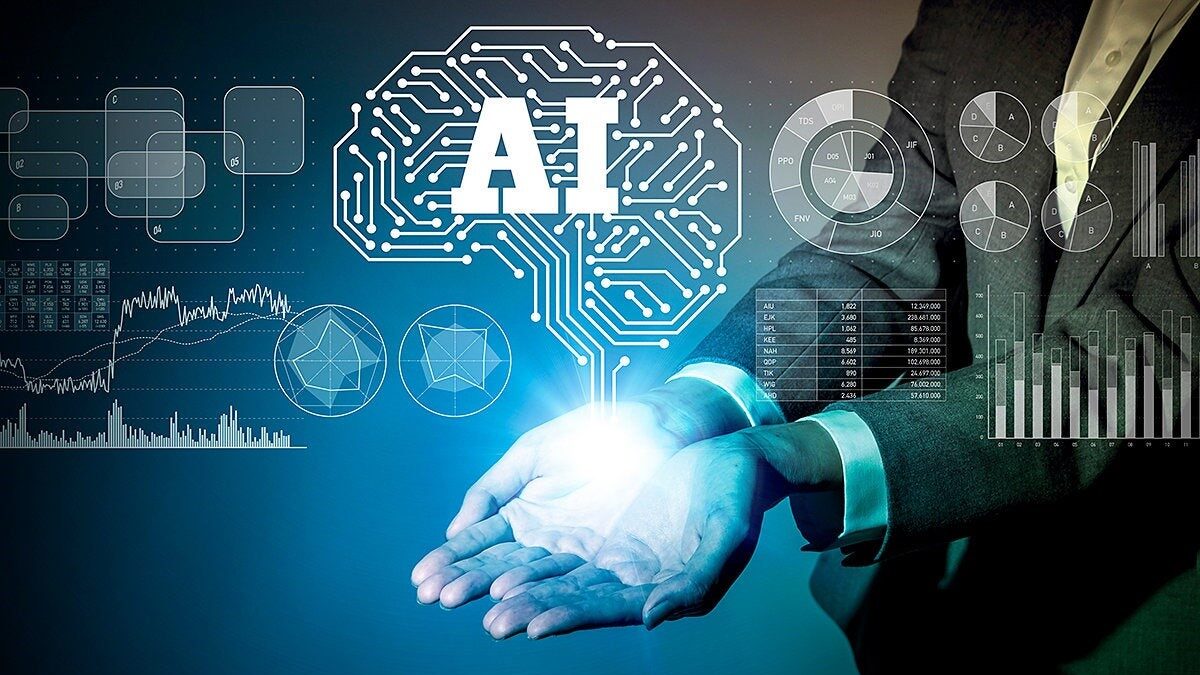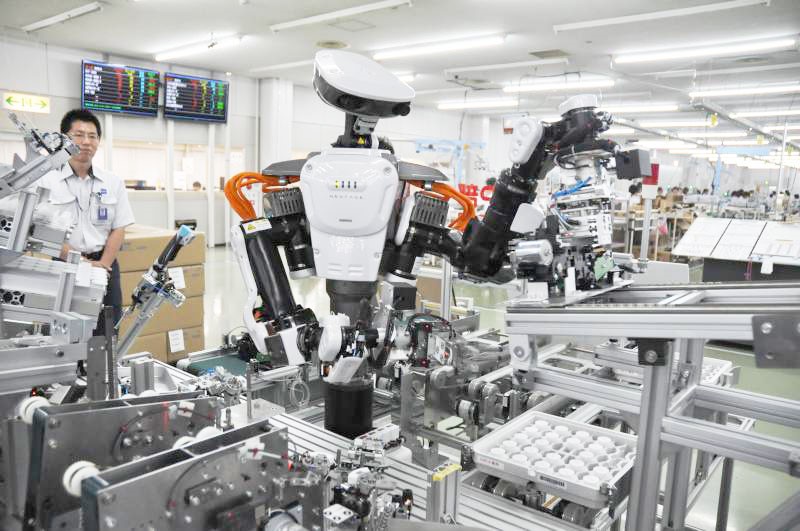Japan’s Artificial Intelligence Strategy

Photo from: CIO
According to the Nihon Keizai Shimbun on 30th of Augest, Toshiba announced that the number of system engineers and other artificial intelligence talents have reached approximately 2,100 in the Group, approximately 2.8 times the number in FY2019.
Toshiba was working on an educational programme with the University of Tokyo and relative courses will be offered for non-technical employees as well as management positions to deepen understanding of AI throughout the company.

Photo from: robohub
Also according to Nihon Keizai Shimbun on 2nd of August, the famous advertising and public relations company Hakuhodo has formed a capital and business alliance with an AI development start-up Laora.AI.
Laboro.AI will be responsible for big data analysis and AI development, while Hakuhodo will be responsible for identifying marketing issues and formulating measures.
Artificial intelligence (AI) is booming, especially in Japan.
The Japanese government is coordinating with the Cabinet Office, the Council for Science, Technology and Innovation and the Strategic Council for AI Technology to develop its artificial intelligence strategy.
The execution of Japan’s artificial intelligence strategy is divided over the following ministries: Internal Affairs and Communication, Economy, Trade and Industry and Education, Culture, Sports, Science and Technology.
Looking at the private sector, three big Japanese industries can be distinguished to be very active in AI-related developments: the automotive, robotics and electronics industries. Among these industries, several different types of intersectoral and international relationships can be found. Of these three sectors, the automotive industry spends the most on research and development.
What is the Core Techniques Behind Japan’s Artificial Intelligence Strategy?And what role have private enterprises played in the research and development of AI?
Next time we will do an in-depth analysis and try to find answers for this problem.


